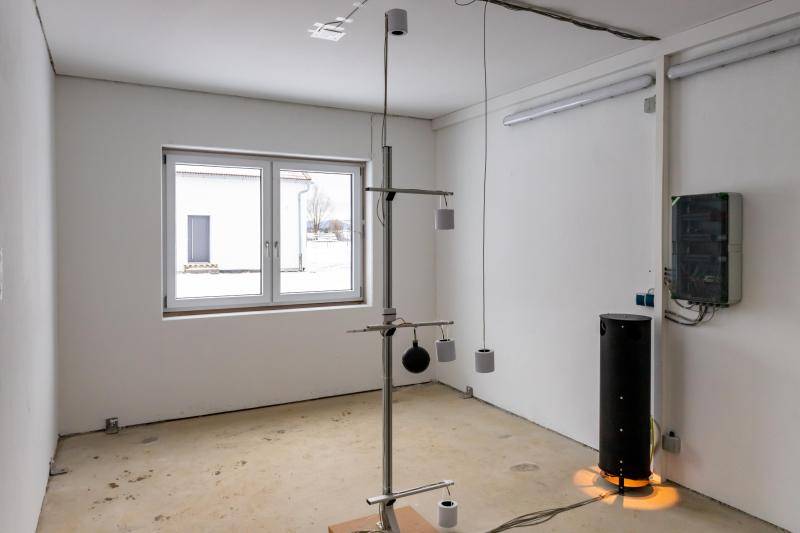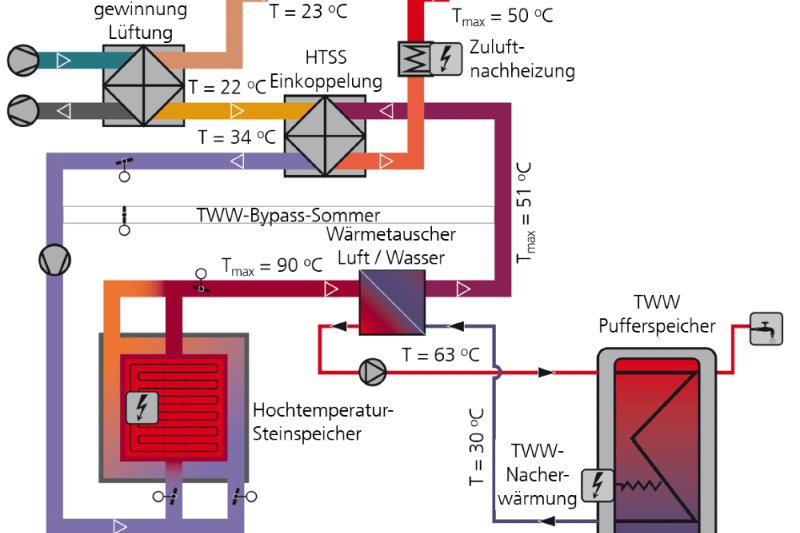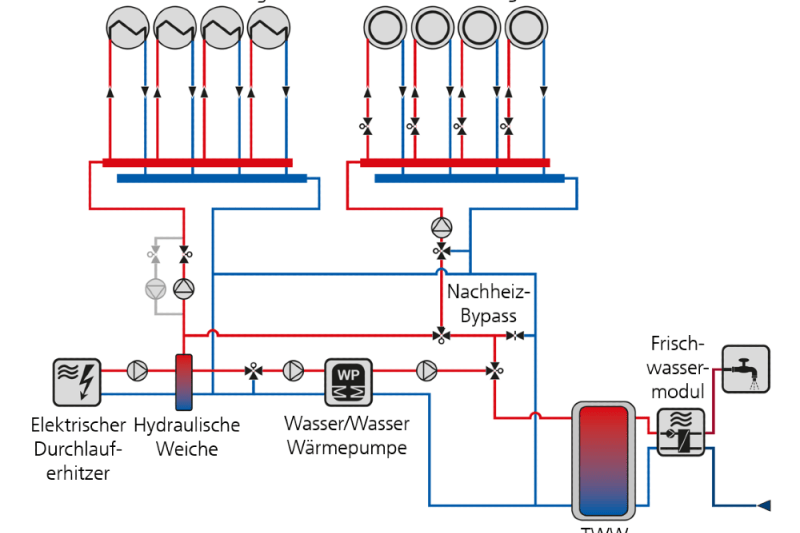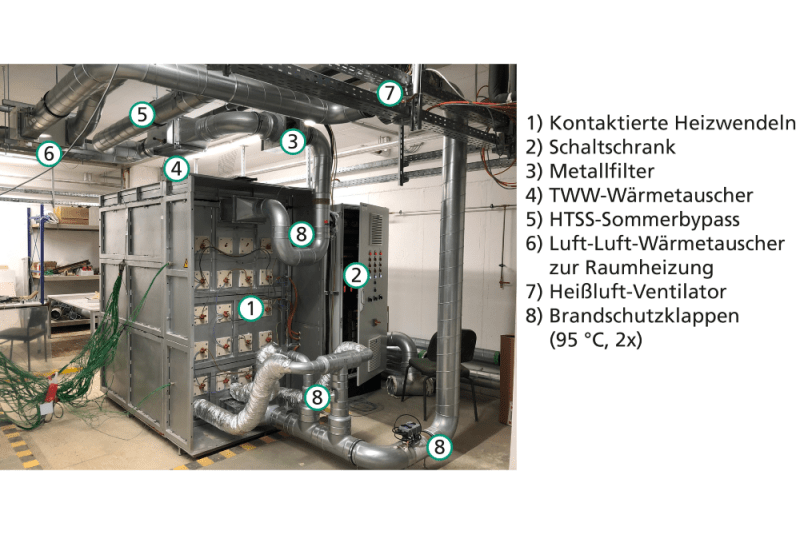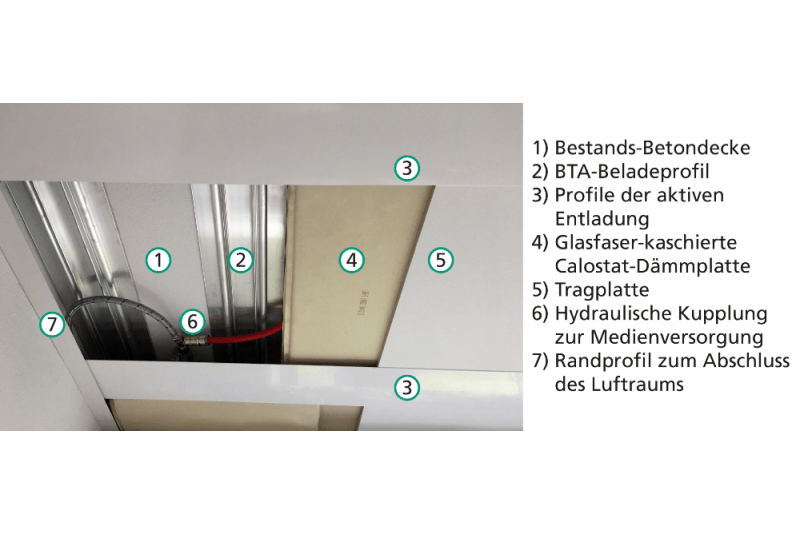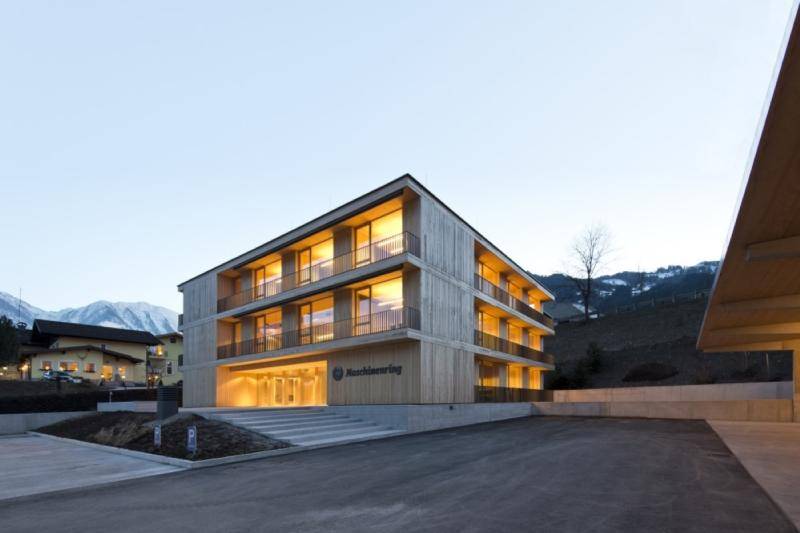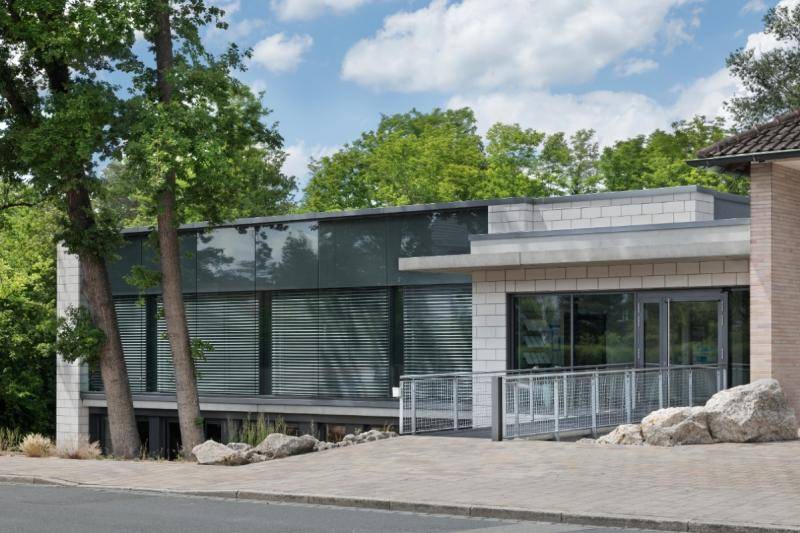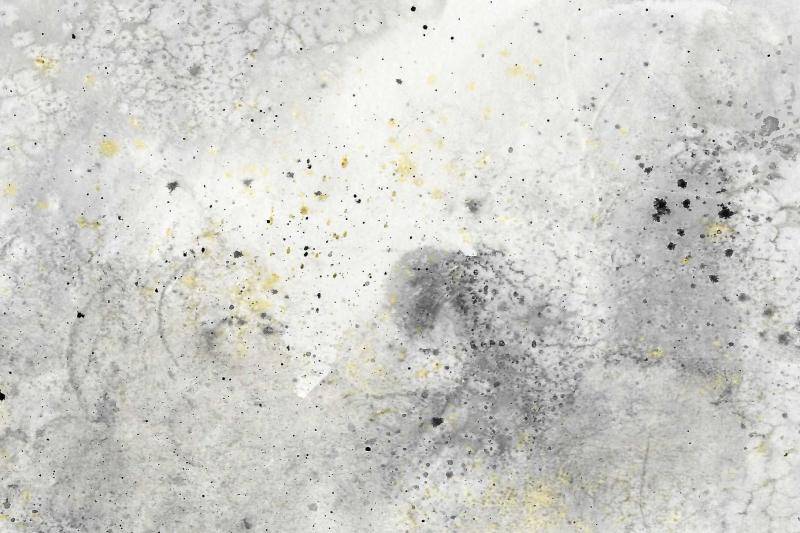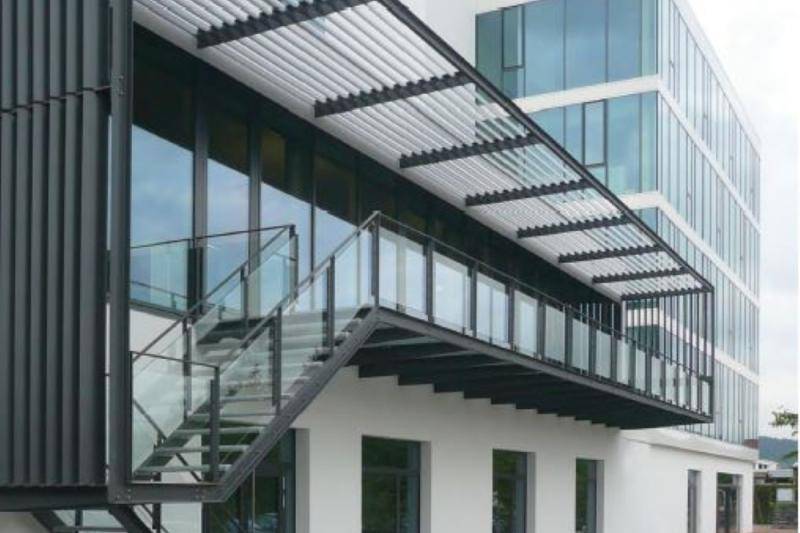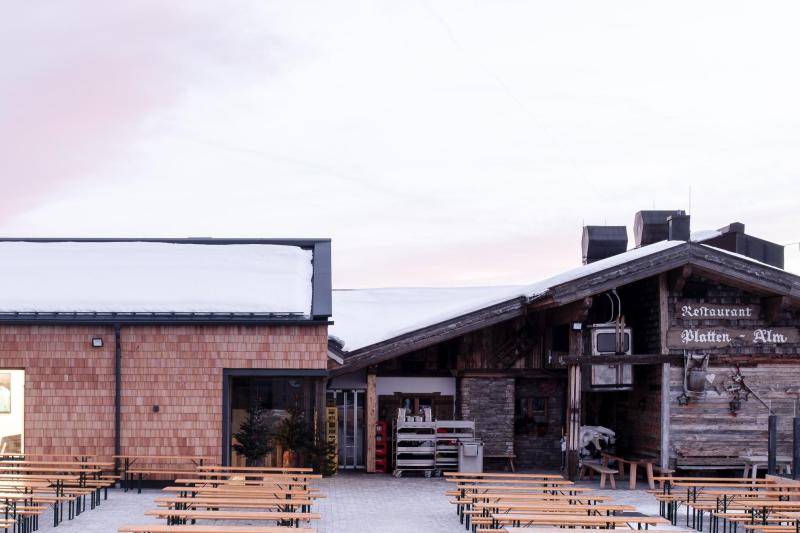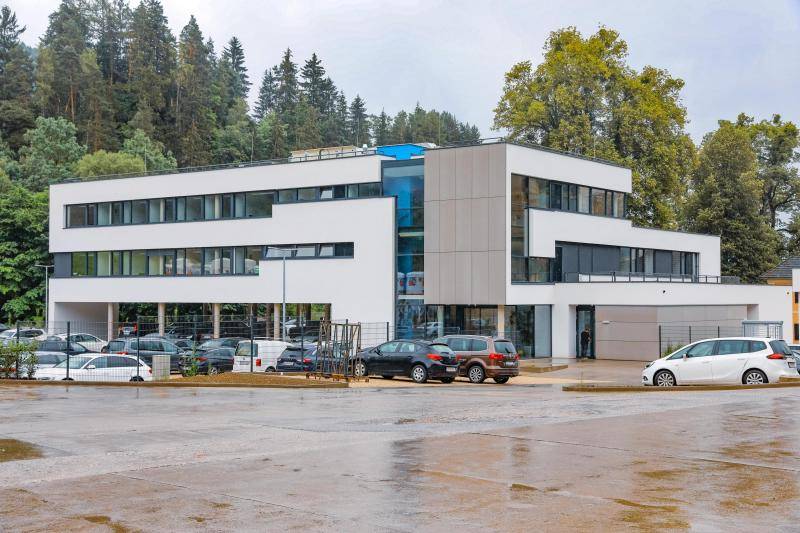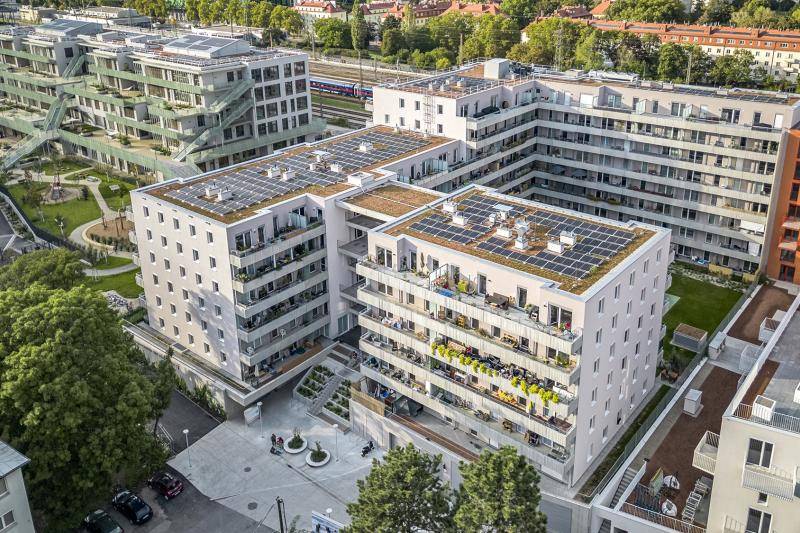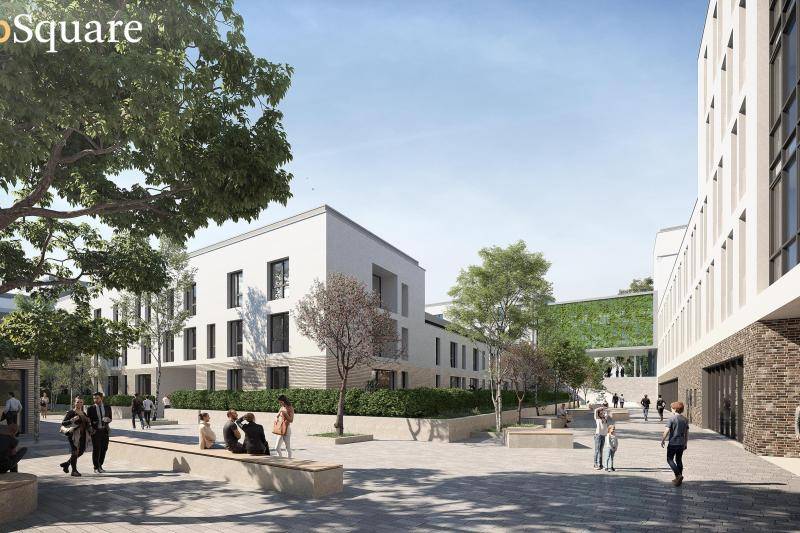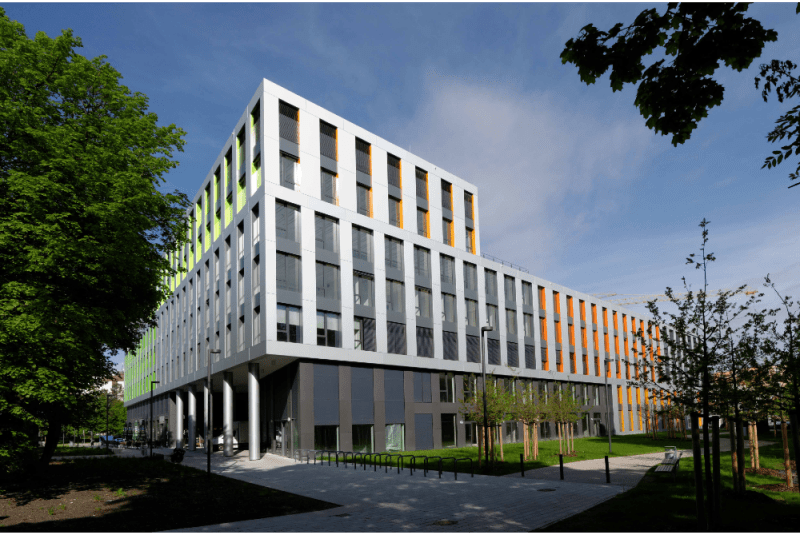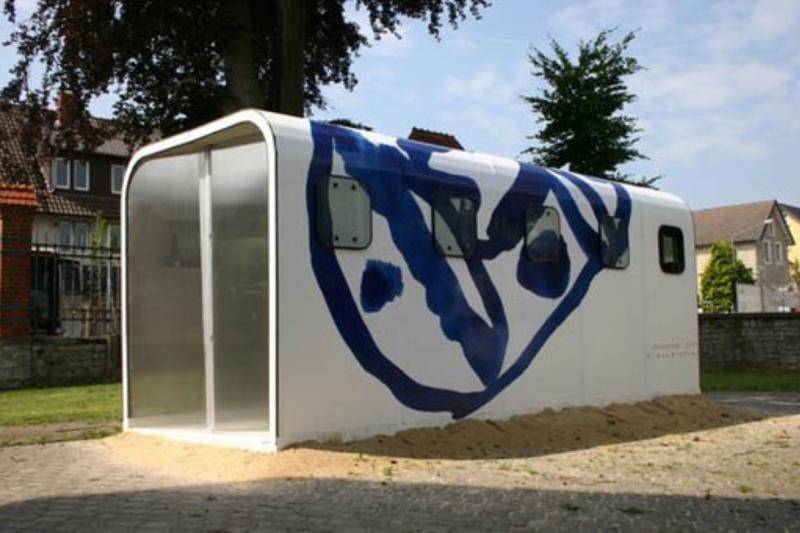Project wind heating 2.0
Wind energy now accounts for the largest share of electricity generation from renewables in Germany. However, especially during the typically windy winter period, there is often an oversupply in the German power grid, which then leads to very low to negative prices on the electricity market. In some regions, the output of wind turbines has to be reduced or, at times, completely shut down in order to ensure grid stability. For this reason, the Fraunhofer Institute for Building Physics IBP, together with the Bavarian State Ministry of Economic Affairs, Regional Development and Energy (StMWi), the Bavarian State Office for the Environment (LfU) and with the support of other consortium partners, has made the intelligent use of excess capacity in the power grid for heating buildings the subject of the research project "Wind Heating 2.0: LZ Storage".
Fraunhofer IBP
2020
36,8 / 51,7 kWh/m²a
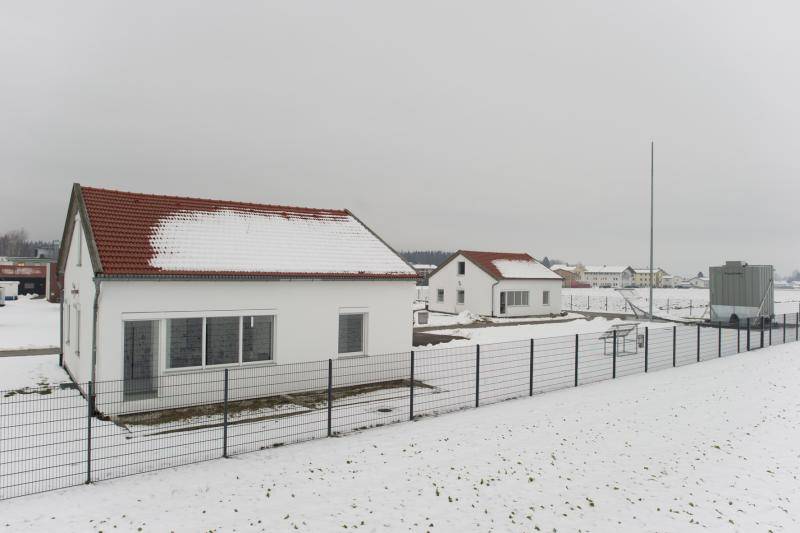
Wind energy now accounts for the largest share of electricity generation from renewables in Germany. However, especially during the typically windy winter period, there is often an oversupply in the German power grid, which then leads to very low to negative prices on the electricity market. In some regions, the output of wind turbines has to be reduced or, at times, completely shut down in order to ensure grid stability. For this reason, the Fraunhofer Institute for Building Physics IBP, together with the Bavarian State Ministry of Economic Affairs, Regional Development and Energy (StMWi), the Bavarian State Office for the Environment (LfU) and with the support of other consortium partners, has made the intelligent use of excess capacity in the power grid for heating buildings the subject of the research project "Wind Heating 2.0: LZ Storage". Within the context of this project, which is funded by the BMWi (FKZ 03ET1612A) and coordinated by Fraunhofer IBP, viable concepts are being developed for this purpose.
Buildings based on the "Wind Heating 2.0" concept adapt to the fluctuating supply of renewable energies, especially wind energy, in the power grid and thus to the energy future: When there is a "power surplus" and free line capacities, they draw power, store it as heat in the building and thus bridge power shortage periods. The storage period is one to two weeks.
A high insulation and efficiency standard of the building and a highly effective heat transfer system are prerequisites for a low heating demand. Electricity should be purchased in a way that serves both the market (adapting electricity consumption to the availability of renewable energies) and the electricity grid (adapting electricity consumption to the capacity and utilization of the transmission and distribution grid).
Viable concepts are being developed as part of this BMWi-funded project. Possible heat storage systems are being investigated and optimized:
- a large water reservoir
- the masses of the building (component activation; TAB)
- a high temperature stone storage system (HTSS)
In order to develop suitable solution strategies, extensive analyses are first carried out using transient building simulation on selected type buildings and storage/system combinations. This will be followed by measurements on initial prototypes at the Fraunhofer IBP outdoor test site in Holzkirchen, including the twin houses (two absolutely identical single-family houses, HTSS and refurbishment TAB) and a concrete CUBE (new construction TAB) to verify the respective approaches.
The wind heating 2.0 approach uses the mass of solid ceilings or walls that already exist. These are thermally activated by pipes inserted during the construction phase or, in the case of renovation, by water-flowed-through heat-conducting plates glued on afterwards. A central, powerful flow heater allows the building components to be heated to over 35°C within a few hours if wind power is available.
For the implementation of the Wind Heating 2.0 concept in real residential buildings, the application for funding is currently underway at the BMWi for a 3.5-year project period starting in 2022. In the event of approval, a number of residential buildings (new and existing) will be sought in the near future in order to test the Wind Heating 2.0 system in a real environment. Interested architects, building owners and planners are called upon to contact the Bavarian State Office for the Environment (Ms. Martina Reinwald, Email: martina.reinwald [at] lfu.bayern.de).
(Text source: Herbert Sinnesbichler, IBP and Martina Reinwald, LfU Bavaria)
